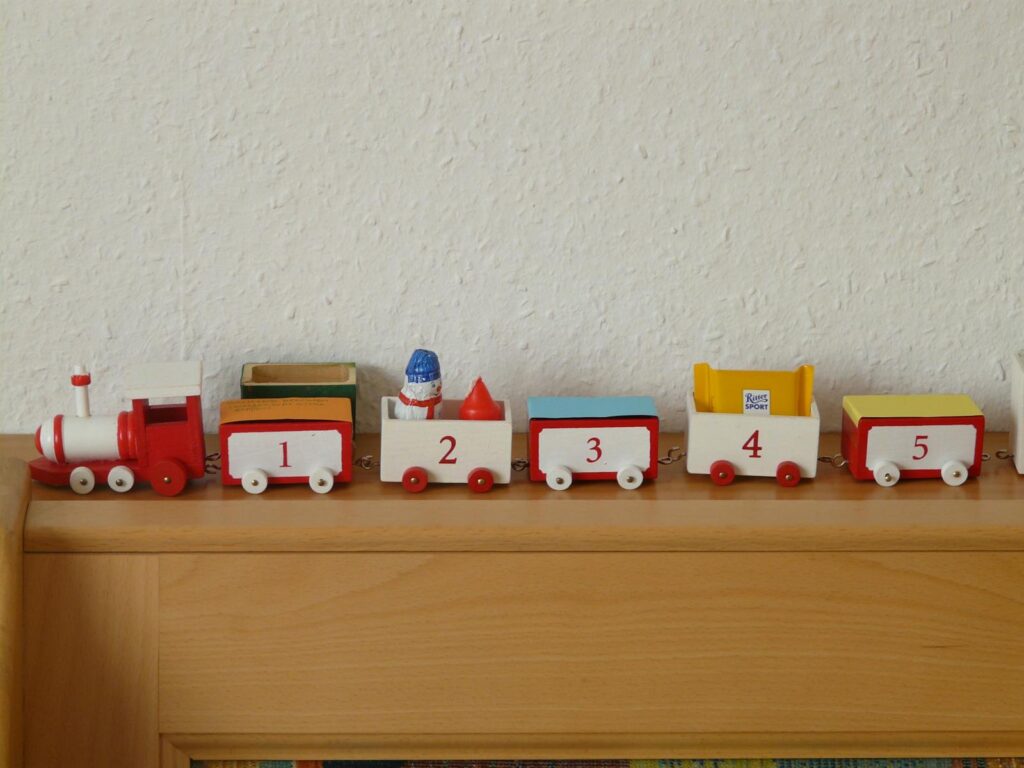How to Improve Your Child’s Organizational Skills

Helping your child develop organizational skills and effective planning is a journey that involves patience, creativity, and a bit of trial and error. By incorporating various techniques into their daily routine, you can guide them toward becoming more organized individuals. Let’s dive deeper into practical strategies that can aid in this developmental process. Establishing Routines: Consistent daily routines can play a significant role in helping children develop essential organizational skills. By providing structure and predictability, routines enable children to understand the flow of their day and what is expected of them. To foster organizational habits, encourage your child to adhere to a schedule that includes designated times for activities such as homework, chores, and extracurricular activities. Repetition and consistency in following these routines will reinforce the importance of organization in their daily lives.
Creating a Morning and Evening Routine
A well-structured morning routine sets a positive tone for the day. Start by waking up at a consistent time, allowing enough margin for a relaxed preparation period. Include activities like making the bed, having breakfast, and packing the school bag. An evening routine might involve setting out clothes for the next day, reviewing the day’s tasks, and winding down with a book or calming activity. These routines create a sense of order and help children transition smoothly between different parts of their day.
Customizing Routines to Your Child’s Needs
Every child is unique, and a one-size-fits-all approach might not work. Some children thrive with detailed schedules, while others prefer a more flexible framework. Sit down with your child and tailor routines that align with their personality and preferences. For instance, if your child is more creative, allow time for artistic pursuits within their routine. By including their interests, you’re more likely to gain their buy-in and foster a habit of organization that sticks.
Utilizing Visual Aids: Visual aids are powerful tools that can greatly assist children in planning and organizing their tasks. Color-coded calendars, interactive to-do lists, and clear bulletin boards can help kids visualize their commitments and responsibilities. These visual tools not only make it easier for children to grasp the concept of time management but also empower them to prioritize tasks effectively. By incorporating visual aids into their routine, children can develop stronger organizational skills and feel more confident in managing their time.
Integrating Technology with Visual Aids
Incorporating digital tools can enhance traditional visual aids. Apps like Trello, Google Calendar, or even a simple note-taking app can provide interactive and engaging platforms for children to organize their tasks. Encourage your child to explore these tools, which often come with features like reminders and progress tracking, offering a modern twist to traditional methods.
DIY Visual Aids for Younger Children
For younger children, creating visual aids can be a fun and educational activity. Use colorful markers to create a chore chart or a weekly calendar on a large poster board. Involve them in the process by letting them decorate or personalize their charts. This hands-on approach not only makes the tools more appealing but also instills a sense of ownership and responsibility.
Teaching Time Management: Time management is a fundamental aspect of organizational skills that children need to learn. Guide your child in understanding how to manage their time efficiently by breaking tasks into smaller, manageable segments. Encourage them to set specific deadlines for each task and allocate time for various activities throughout the day. By instilling the habit of effective time management early on, children can develop a sense of responsibility and control over their daily obligations.
The Pomodoro Technique for Kids
The Pomodoro Technique, a time management method that involves working in short, focused bursts with breaks in between, can be adapted for children. Break study sessions into 25-minute intervals followed by a 5-minute break, adjusting the times based on your child’s age and attention span. This technique helps maintain focus and prevents burnout, making tasks feel less daunting.
Using Timers and Clocks
Introduce your child to using timers and clocks to manage their activities. Set a timer for tasks like homework or chores, and encourage them to “race against the clock” to complete the task within the set time. This playful approach can make time management feel like a game, enhancing their engagement and effectiveness.
Encouraging Prioritization: Prioritization is a key component of organizational skills and decision-making. Help your child recognize the importance of prioritizing tasks based on deadlines and significance. Teach them to categorize tasks as urgent, important, or non-urgent to effectively plan their time and allocate resources appropriately. By guiding your child in making informed decisions about task management, you equip them with a valuable skill that will benefit them throughout their academic and personal lives.
The Eisenhower Box for Simplified Prioritization
Introduce the Eisenhower Box, a simple decision-making tool that helps prioritize tasks by urgency and importance. Draw a box divided into four quadrants, and work with your child to place tasks into categories: urgent and important, important but not urgent, urgent but not important, and neither urgent nor important. This visual representation helps children understand the concept of prioritization and enhances their ability to manage their workload effectively.
Real-Life Scenarios for Practice
Encourage your child to practice prioritization in real-life scenarios. For instance, if they have a school project due next week, a soccer match tomorrow, and a movie night planned, discuss which tasks are urgent and which can be rescheduled. This practice not only develops their prioritization skills but also teaches them flexibility and adaptability in managing their commitments.
Setting Goals: Goal setting is a powerful strategy for enhancing organizational skills in children. Encourage your child to set SMART goals – Specific, Measurable, Achievable, Relevant, and Time-bound. By defining clear objectives and creating action plans to achieve them, children learn to structure their efforts and stay focused on their priorities. Encouraging the establishment of both short-term and long-term goals fosters resilience, perseverance, and a proactive approach to managing tasks effectively.
Crafting a Vision Board
A vision board is a creative way for children to visualize their goals. Gather magazines, colored paper, and other craft supplies, and help your child cut out images and words that represent their aspirations. Whether it’s a picture of a desired toy, a sports achievement, or an academic milestone, the vision board serves as a tangible reminder of their goals, keeping them motivated and focused.
Tracking Progress and Celebrating Milestones
Help your child track their progress toward their goals with a journal or a digital app. Celebrate small milestones along the way to keep them motivated. Whether it’s a simple sticker chart or a family outing to mark an achievement, recognizing their efforts reinforces the value of setting and achieving goals.
Providing Support and Guidance: As your child works on improving their organizational skills, it is essential to offer consistent support and guidance. Recognize their efforts, acknowledge their progress, and provide constructive feedback to help them refine their organizational strategies. By fostering a supportive environment, you empower your child to stay motivated, resilient, and dedicated to honing their organizational skills. Your encouragement and involvement in their organizational development will greatly contribute to their overall success and confidence.
Being a Role Model
Children often learn by example, so demonstrate organizational skills in your own life. Share your weekly planning process, involve them in family scheduling, or show them how you organize your workspace. By witnessing these habits, your child will have a real-world example to emulate.
Open Communication and Problem Solving
Maintain open lines of communication to address any challenges your child faces in developing organizational skills. Encourage them to share their struggles and brainstorm solutions together. This collaborative approach not only strengthens your bond but also empowers your child to become an independent problem solver.
Encouraging Independence
While it’s crucial to provide guidance, also allow your child the space to make decisions and learn from their mistakes. Encourage them to take ownership of their organization tasks, stepping in only when necessary. This balance of support and independence fosters confidence and self-reliance.
By incorporating these expanded strategies into your approach, you can provide a comprehensive framework that supports your child’s journey toward becoming organized and effective planners. Each child is different, and it’s essential to adapt these techniques to suit their unique needs and preferences. With your guidance and encouragement, your child will develop the organizational skills necessary to navigate their academic and personal lives successfully.



